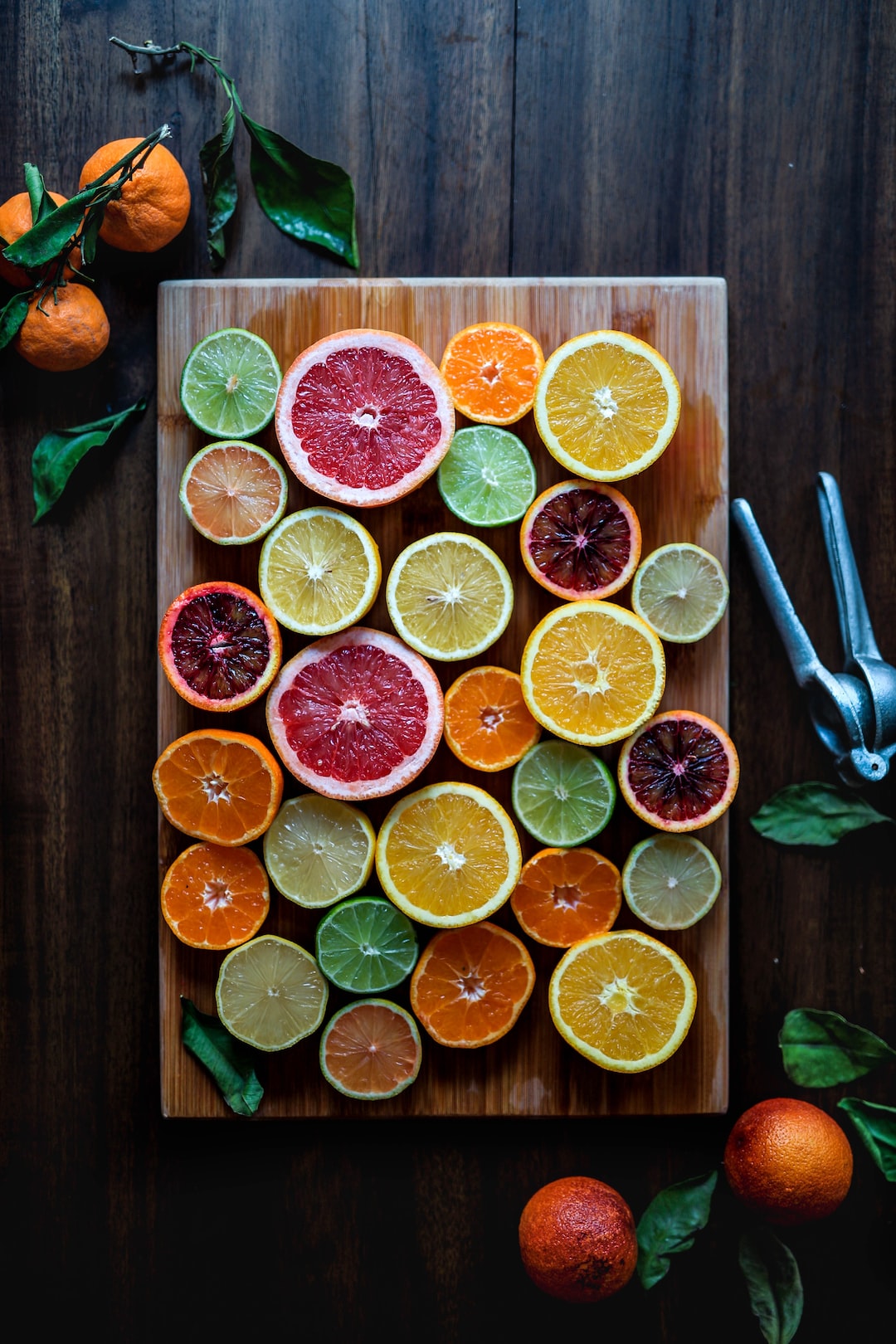Abstract art is a fascinating form of art that has been around since the early 20th century. In this form of art, the artist creates pieces that do not represent any particular object, person or place. Instead, abstract art uses color, shape, and form to create a visual language that evokes emotions and feelings.
Abstract art can be both challenging and rewarding both for the artist and the viewer. At first glance, it may seem simple, but when you take a closer look, you can see the intricate details that make it a complex art form. This is because abstract art uses different techniques and elements that require an understanding of the mechanics of the art form.
One of the key elements of abstract art is the use of color. Color is used to create a visual language that can evoke various emotions in the viewer. For example, blue can represent calmness, while red can express passion or anger. Different shades and tones of color can also create various degrees of intensity, evoking distinct emotions.
Another critical element of abstract art is the use of shape. Abstract artists use shapes to create visual interest in their pieces. They play with the different shapes to create depth, dimension, and character. These shapes may be geometric or organic, and they are often layered and repeated to create a sense of movement and rhythm.
Texture is also an integral part of the abstract art style. Texture is created by applying paint or other materials in different ways to create a sense of depth and contrast. Texture can also be used to create visual interest and movement within the artwork.
Often overlooked, but equally important, is the use of lines in abstract art. Lines are used to create movement, depth, and dimension within the artwork. They can be light, thin, bold or thick, and they can be straight or curved. Lines can be used to connect different shapes and elements within the artwork, creating a sense of unity and cohesiveness.
The composition of abstract art is also critical. The composition is the placement of various elements within the artwork. Abstract artists use composition to create balance, rhythm, and harmony in their pieces. They use different techniques, such as asymmetry, symmetry, and pattern repetition to create different moods and evoke different emotions.
In conclusion, the intricacies of abstract art are numerous and complex. Abstract artists use various elements such as color, shape, texture, lines, and composition to create a visual language that evokes emotions and feelings. The more you study abstract art, the more you appreciate the skill and talent that goes into creating these amazing pieces of art. As a viewer, you can get lost in the details and experience the beauty and the emotions evoked by the artwork.

